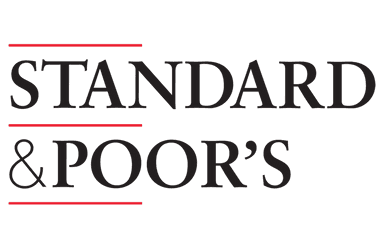Overview
Company Stats
Employer Type
2011 Employees (All Locations)
Major Office Locations
President
About the Company
Ratings kings
New York-based Standard & Poor’s is the most well known ratings agency on the planet. Often referred to as simply S&P, the firm has the world’s largest network of credit ratings analysts, and its equity research division is the world’s largest producer of independent equity research. More than 1,000 institutions -- including the top securities firms, banks and life insurance companies -- license its research for their investors and advisors. Each year, Standard & Poor's publishes more than 800,000 new and revised ratings. Its team of experienced European, Asian and U.S. equity analysts assess approximately 2,000 equities across more than 120 industries worldwide. And it rates about $32 trillion in debt annually. The firm is al...


